Can’t Keep Up With Your Tenants’ Maintenance Requests? Here Are 3 Ways To Fix This
Dealing with tenants’ maintenance requests is one of the biggest issues landlords face, especially with so much (rental) competition around. Tenants know that they can get the same or better service for their buck virtually wherever they turn. It is giving them a confidence boost to demand their landlord’s active involvement in their apartment upkeep, repairs, and all other pending issues, no matter how trivial. Naturally, every landlord’s goal is to keep the tenant’s happy; on that note, we’re listing a few ways that can help you get on top of your tenants’ demands and find the best solutions for both insignificant and significant requests.
Have a Plan
Whether you are dealing with your rental property yourself or through a property management company, the best way to handle your tenants’ requests is to have a plan for maintenance requests. That way you’ll respond promptly as requests come through, and you’ll know what do.
- Outline how the tenant should notify you of any problems
- Chart your response timeframe
- Keep a list of local contractors, such as plumbers, electricians, and general contractors to be ready should something urgent happens
Know the Law
Running your property rental business needs to be done within the landlord/tenant law for you to execute your rights as a landlord. Since this law considerably varies from state to state, make sure you’re within the right one to avoid any potential problems. Also, it’s crucial you stay within both federal and state legislation. Most states have clear guidelines on how soon you’re required to respond to issues and what they are obliged to provide within their rental unit.
For the most part, the landlord is responsible for providing:
- Electricity
- Clean running water
- Heating
- Sanitary conditions
- Adequate weatherproofing
Other issues are customizable but still need to be within the regulations proposed by the state law. Other issues are customizable but still need to be within the regulations proposed by the state law. If you are vague about your obligations as a landlord, consult an expert to help you out.
Establish a Method for Tenants to Contact You
There are two types of situations your tenants can find themselves in: emergencies and non-emergencies. To avoid any confusion on what constitutes an emergency, make sure you lay out a rule available to all the tenants. It wouldn’t hurt for your tenants to have the list of emergency and non-emergency issues outlined within their tenant’s lease agreement as well as for every apartment/room (if you are renting a complex) to have a copy of emergency and non-emergency situations. Usually, these are the classifications, although they can be customizable per the landlord’s viewpoint:
- Emergencies: Problems with electricity, heating, plumbing, leaky roofs, things burning and “melting,” gas smell (gas leak), and similar
- Non-emergencies: Interior doors/windows that won’t shut, minor faucet leaks, clogs in the kitchen sink, and similar
The best way to keep things in order and still keep good relationships with your tenants is to have all rules and regulations laid out in the open. That way, the tenants know what to expect from you, and you know ways to keep yourself protected.

No comments